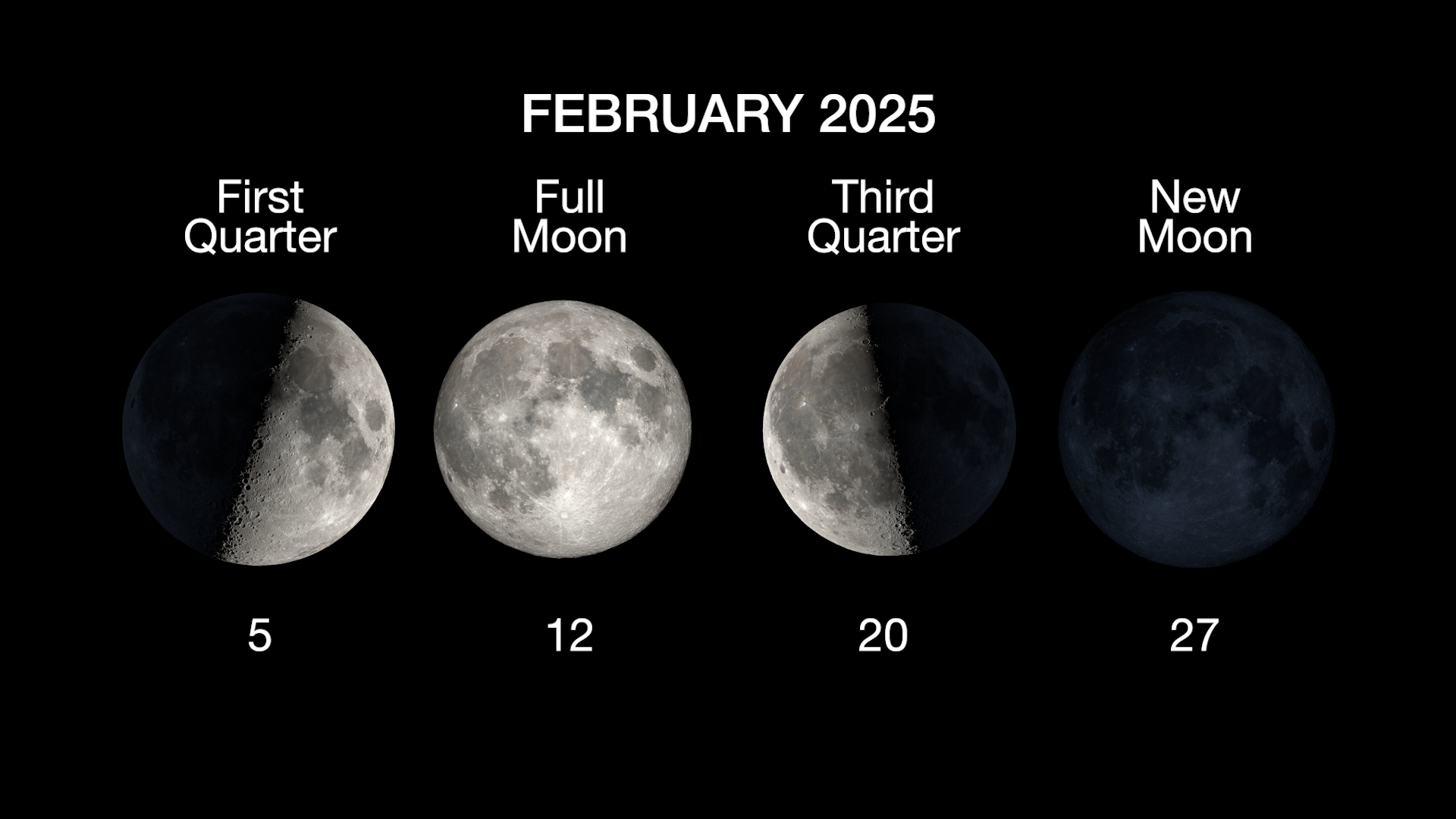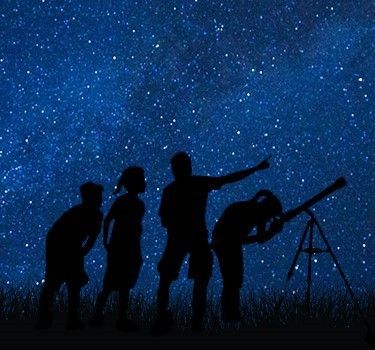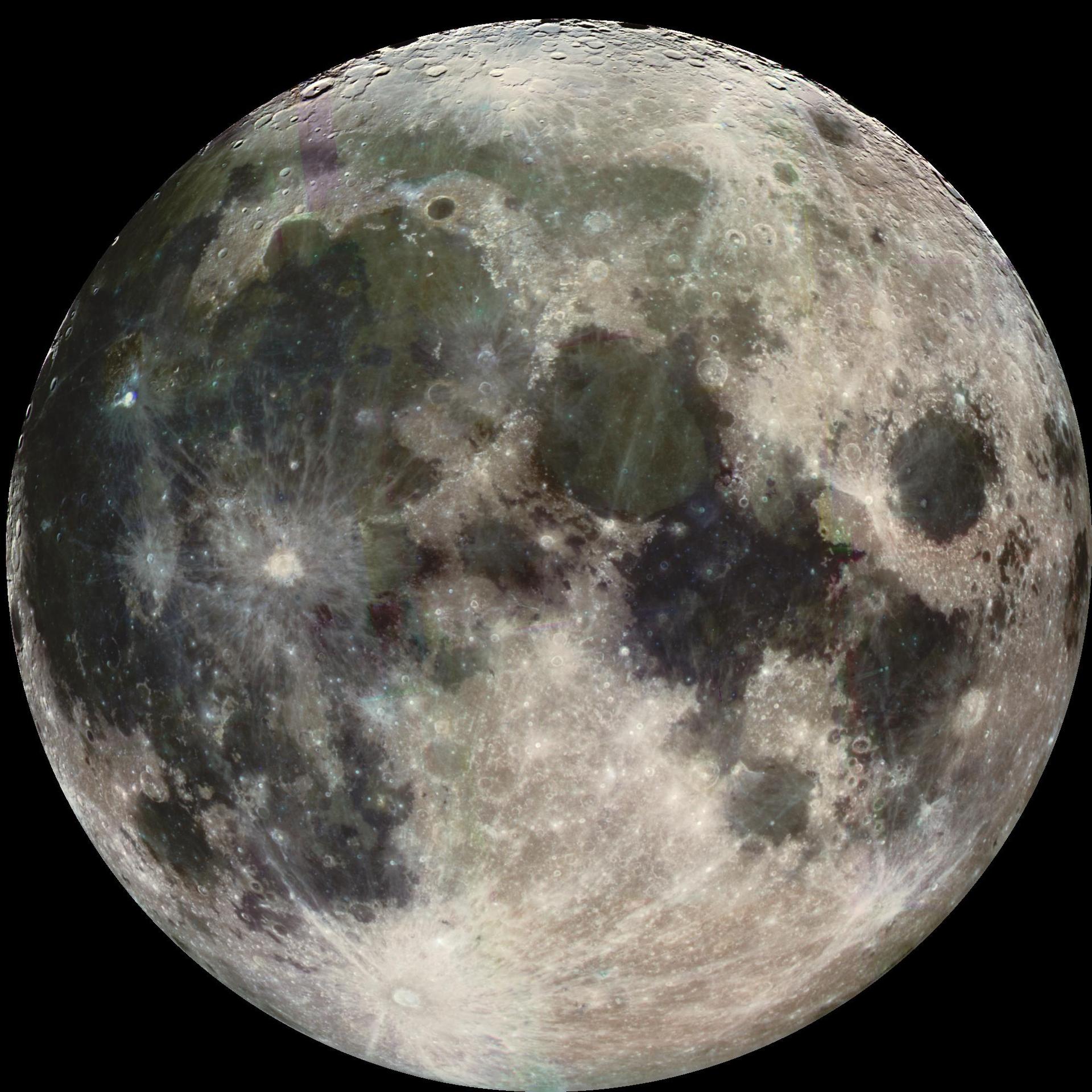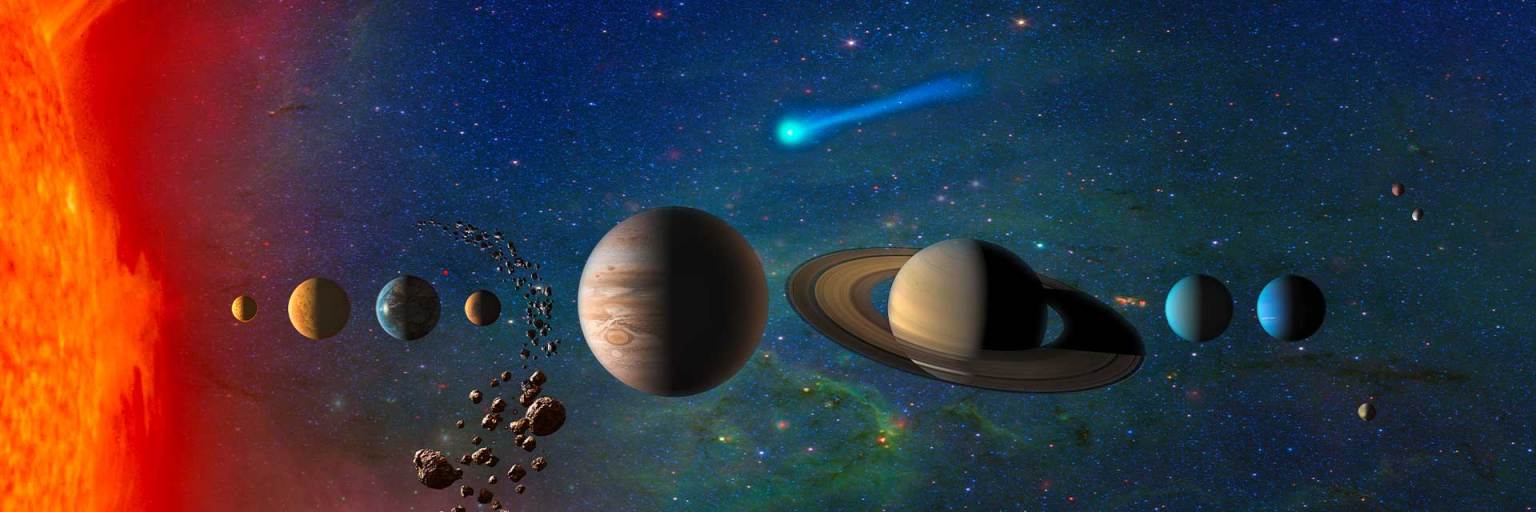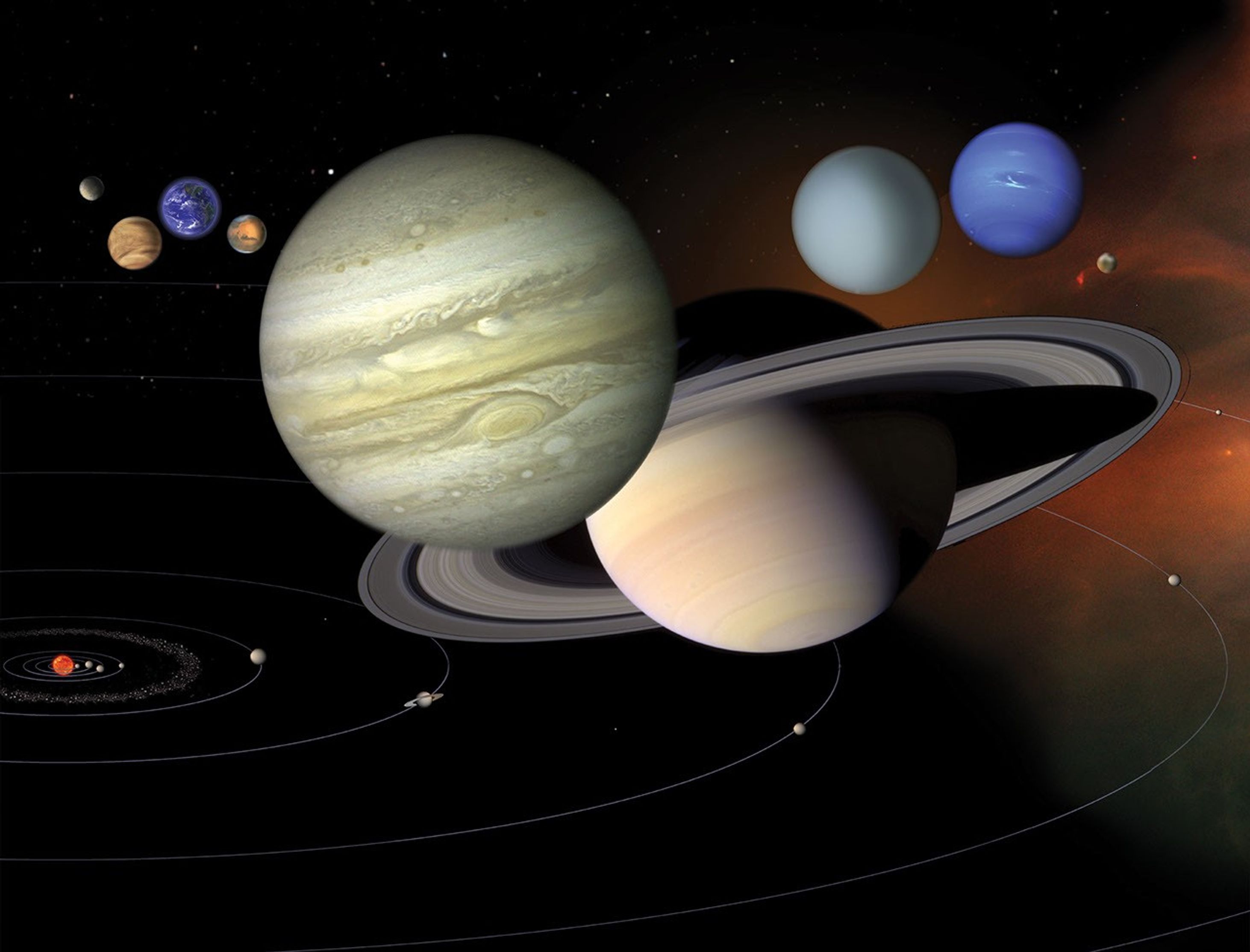The Next Full Moon is the Snow Moon

National Park Service
The next full moon will be Wednesday morning, Feb. 12, 2025, appearing opposite the Sun (in Earth longitude) at 8:53 a.m. EST. The Moon will appear full for about three days around this time, from Monday night into early Thursday evening. The bright star Regulus will appear near the full moon.
The Maine Farmers’ Almanac began publishing Native American names for full moons in the 1930s, and these names are now widely known and used. According to this almanac, as the full moon in February, the tribes of the northeastern U.S. called this the Snow Moon or the Storm Moon because of the heavy snows in this season. Bad weather and heavy snowstorms made hunting difficult, so this Moon was also called the Hunger Moon. NOAA monthly averages for the Washington, D.C. area airports from 1991 to 2020 show January and February nearly tied as the snowiest months of the year (with February one tenth of an inch ahead).
Here are the other celestial events between now and the full moon after next with times and angles based on the location of NASA Headquarters in Washington:
As winter continues in the Northern Hemisphere, the daily periods of sunlight continue to lengthen. Wednesday, Feb. 12 (the day of the full moon), morning twilight will begin at 6:04 a.m. EST, sunrise will be at 7:03 a.m., solar noon will be at 12:23 p.m. when the Sun will reach its maximum altitude of 37.7 degrees, sunset will be at 5:43 p.m., and evening twilight will end at 6:41 p.m.
Daylight Saving Time starts on the second Sunday in March for much of the United States. The day before, Saturday, March 8, morning twilight will begin at 5:32 a.m., sunrise will be at 6:30 a.m., solar noon will be at 12:19 p.m. when the Sun will reach its maximum altitude of 46.5 degrees, sunset will be at 6:08 p.m., and evening twilight will end at 7:06 p.m. Early on Sunday morning, March 9, the clock will “spring forward” from 1:59:59 a.m. EST to 3:00:00 a.m. EDT. Sunday, March 9, morning twilight will begin at 6:30 a.m., sunrise will be at 7:28 a.m., solar noon will be at 1:19 p.m. when the Sun will reach its maximum altitude of 46.9 degrees, sunset will be at 7:09 p.m., and evening twilight will end at 8:07 p.m. By Friday, March 14 (the day of the full moon after next), morning twilight will begin at 6:23 a.m., sunrise will be at 7:20 a.m., solar noon will be at 1:17 p.m. when the Sun will reach its maximum altitude of 48.9 degrees, sunset will be at 7:14 p.m., and evening twilight will end at 8:12 p.m.
This should still be a good time for planet watching, especially with a backyard telescope. On the evening of the March 14, the full moon, Venus, Jupiter, Mars, Saturn, and Uranus will all be in the evening sky. The brightest of the planets, Venus, will be 28 degrees above the west-southwestern horizon, appearing as a 29% illuminated crescent through a telescope. Second in brightness will be Jupiter at 71 degrees above the south-southeastern horizon. With a telescope you should be able to see Jupiter’s four bright moons, Ganymede, Callisto, Europa, and Io, noticeably shifting positions in the course of an evening. Jupiter was at its closest and brightest in early December. Third in brightness will be Mars at 48 degrees above the eastern horizon. Mars was at its closest and brightest for the year just a month ago. Fourth in brightness (and appearing below Venus) will be Saturn at 11 degrees above the west-southwestern horizon. With a telescope you may be able to see Saturn’s rings and its bright moon Titan. The rings will appear very thin and will be edge-on to Earth in March 2025. Saturn was at its closest and brightest in early September. The planet Uranus will be too dim to see without a telescope when the Moon is in the sky, but later in the lunar cycle, if you are in a very dark area with clear skies and no interference from moonlight, it will still be brighter than the faintest visible stars. Uranus was at its closest and brightest in mid-November.
During this lunar cycle, these planets, along with the background of stars, will rotate westward by about a degree each night around the pole star Polaris. Venus, named after the Roman goddess of love, will reach its brightest around Feb. 14, making this a special Valentine’s Day. After about Feb. 17, the planet Mercury, shining brighter than Mars, will begin emerging from the glow of dusk about 30 minutes after sunset. Feb. 24 will be the first evening Mercury will be above the western horizon as twilight ends, while Feb. 25 will be the last evening Saturn will be above the western horizon as twilight ends, making these the only two evenings that all of the visible planets will be in the sky after twilight ends. For a few more evenings after this, Saturn should still be visible in the glow of dusk during twilight. Around March 8 or 9, Mercury will have dimmed to the same brightness as Mars, making Mars the third brightest visible planet again. By the evening of March 13 (the evening of the night of the full moon after next), as twilight ends, Venus and Mercury will appear low on the western horizon, making them difficult targets for a backyard telescope, while Jupiter and Mars (and Uranus) will appear high overhead and much easier to view.
Comets and Meteor Showers
No meteor shower peaks are predicted during this lunar cycle. No comets are expected to be visible without a telescope for Northern Hemisphere viewers. Southern Hemisphere viewers may still be able to use a telescope to see comet C/2024 G3 (ATLAS), although it is fading as it moves away from Earth and the Sun, and some recent reports suggest that it might be breaking apart and disappearing from view.
Evening Sky Highlights
On the evening of Wednesday, Feb. 12 (the evening of the full moon), as twilight ends at 6:41 p.m. EST, the rising Moon will be 7 degrees above the east-northeastern horizon with the bright star Regulus 2 degrees to the right. The brightest planet in the sky will be Venus at 28 degrees above the west-southwestern horizon, appearing as a crescent through a telescope. Next in brightness will be Jupiter at 71 degrees above the south-southeastern horizon. Third in brightness will be Mars at 48 degrees above the eastern horizon. The fourth brightest planet will be Saturn at 11 degrees above the west-southwestern horizon. Uranus, on the edge of what is visible under extremely clear, dark skies, will be 68 degrees above the south-southwestern horizon. The bright star closest to overhead will be Capella at 75 degrees above the northeastern horizon. Capella is the 6th brightest star in our night sky and the brightest star in the constellation Auriga (the charioteer). Although we see Capella as a single star, it is actually four stars (two pairs of stars orbiting each other). Capella is about 43 light years from us.
Also high in the sky will be the constellation Orion, easily identifiable because of the three stars that form Orion’s Belt. This time of year, we see many bright stars in the sky at evening twilight, with bright stars scattered from the south-southeast toward the northwest. We see more stars in this direction because we are looking toward the Local Arm of our home galaxy (also called the Orion Arm, Orion-Cygnus Arm, or Orion Bridge). This arm is about 3,500 light years across and 10,000 light years long. Some of the bright stars from this arm that we see are the three stars of Orion’s Belt, and Rigel (860 light years from Earth), Betelgeuse (548 light years), Polaris (about 400 light years), and Deneb (about 2,600 light years).
Facing toward the south from the Northern Hemisphere, to the upper left of Orion’s Belt is the bright star Betelgeuse (be careful not to say this name three times). About the same distance to the lower right is the bright star Rigel. Orion’s belt appears to point down and to the left about seven belt lengths to the bright star Sirius, the brightest star in the night sky. Below Sirius is the bright star Adhara. To the upper right of Orion’s Belt (at about the same distance from Orion as Sirius) is the bright star Aldebaran. Nearly overhead is the bright star Capella. To the left (east) of Betelgeuse is the bright star Procyon. The two stars above Procyon are Castor and Pollux, the twin stars of the constellation Gemini (Pollux is the brighter of the two). The bright star Regulus appears farther to the left (east) of Pollux near the eastern horizon. For now, Mars is near Castor and Pollux, while Jupiter is near Aldebaran, but these are planets (from the Greek word for wanderers) and continue to shift relative to the background of the stars. Very few places on the East Coast are dark enough to see the Milky Way (our home galaxy), but if you could see it, it would appear to stretch overhead from the southeast to the northwest. Since we are seeing our galaxy from the inside, the combined light from its 100 to 400 billion stars make it appear as a band surrounding Earth.
As this lunar cycle progresses, the planets and the background of stars will rotate westward by about a degree each evening around the pole star Polaris. The brightest of the planets, Venus, will reach its brightest around Valentine’s Day, Feb. 14. Bright Mercury will begin emerging from the glow of dusk around Feb. 17 and will be above the horizon as twilight ends beginning Feb. 24, initiating a brief period when all the visible planets will be in the evening sky at the same time that will end after Feb. 25, the last evening Saturn will be above the horizon as twilight ends. Feb. 24 and 25 will also be the two evenings when Mercury and Saturn will appear closest together.
The waxing crescent “Wet” or “Cheshire” Moon will appear near Mercury on Feb. 28 and Venus on March 1, appearing like a bowl or a smile above the horizon. The waxing gibbous Moon will appear near Mars and Pollux on March 8. Mercury will reach its highest above the horizon as twilight ends on March 8 but will be fading, appearing fainter than Mars. The nearly full moon will appear near Regulus on March 11. Venus and Mercury will be closest to each other on March 12.
By the evening of Thursday, March 13 (the evening of the night of the full moon after next), as twilight ends at 8:11 p.m. EDT, the rising Moon will be 14 degrees above the eastern horizon. The brightest planet in the sky will be Venus at 4 degrees above the west-southwestern horizon, appearing as a thin, 4% illuminated crescent through a telescope. Next in brightness will be Jupiter at 62 degrees above the west-southwestern horizon. Third in brightness will be Mars at 72 degrees above the southeastern horizon. Mercury, to the left of Venus, will also be 4 degrees above the western horizon. Uranus, on the edge of what is visible under extremely clear, moonless dark skies, will be 45 degrees above the western horizon. The bright star closest to overhead will still be Capella at 75 degrees above the northwestern horizon.
Morning Sky Highlights
On the morning of Wednesday, Feb. 12, 2025 (the morning of the night of the full moon), as twilight begins at 6:04 a.m. EST, the setting full moon will be 13 degrees above the western horizon. No planets will appear in the sky. The bright star appearing closest to overhead will be Arcturus at 65 degrees above the southeastern horizon. Arcturus is the brightest star in the constellation Boötes (the herdsman or plowman) and the 4th brightest star in our night sky. It is 36.7 light years from us. While it has about the same mass as our Sun, it is about 2.6 billion years older and has used up its core hydrogen, becoming a red giant 25 times the size and 170 times the brightness of our Sun. One way to identify Arcturus in the night sky is to start at the Big Dipper, then follow the arc of the dipper’s handle as it “arcs toward Arcturus.”
As this lunar cycle progresses the background of stars will rotate westward by about a degree each morning around the pole star Polaris. The waning Moon will appear near Regulus on Feb. 13, Spica on Feb. 17, and Antares on Feb. 21. The nearly full moon will appear near Regulus on March 12.
By the morning of Friday, March 14 (the morning of the full moon after next), as twilight begins at 6:23 a.m. EDT, the setting full moon will be 12 degrees above the western horizon. No visible planets will appear in the sky. The bright star closest to overhead will be Vega at 68 degrees above the eastern horizon. Vega is the 5th brightest star in our night sky and the brightest star in the constellation Lyra (the lyre). Vega is one of the three bright stars of the “Summer Triangle” (along with Deneb and Altair). It is about 25 light-years from Earth, has twice the mass of our Sun, and shines 40 times brighter than our Sun.
Detailed Daily Guide
Here is a day-by-day listing of celestial events between now and the full moon on March 14, 2025. The times and angles are based on the location of NASA Headquarters in Washington, and some of these details may differ for where you are (I use parentheses to indicate times specific to the D.C. area). If your latitude is significantly different than 39 degrees north (and especially for my Southern Hemisphere readers), I recommend using an astronomy app that is set up for your location or a star-watching guide from a local observatory, news outlet, or astronomy club.
Sunday morning, Feb. 9 Mars will appear to the upper left of the waxing gibbous Moon. In the early morning at about 2 a.m. EST, Mars will be 8 degrees from the Moon. By the time the Moon sets on the northwestern horizon at 5:58 a.m., Mars will have shifted to 6 degrees from the Moon. For parts of Asia and Northern Europe the Moon will pass in front of Mars. Also, Sunday morning, the planet Mercury will be passing on the far side of the Sun as seen from Earth, called superior conjunction. Because Mercury orbits inside of the orbit of Earth it will be shifting from the morning sky to the evening sky and will begin emerging from the glow of dusk on the west-southwestern horizon after about Feb. 17 (depending upon viewing conditions).
Sunday evening into Monday morning, Feb. 9 – 10 The waxing gibbous Moon will have shifted to the other side of the Mars (having passed in front of Mars in the afternoon when we could not see them). As evening twilight ends (at 6:38 p.m. EST) the Moon will be between Mars and the bright star Pollux, with Mars 3 degrees to the upper right and Pollux 3 degrees to the lower left. By the time the Moon reaches its highest for the night at 10:27 p.m., Mars will be 4.5 degrees to the right of the Moon and Pollux 2.5 degrees to the upper left of the Moon. Mars will set first on the northwestern horizon Monday morning at 5:44 a.m., just 22 minutes before morning twilight begins at 6:06 a.m.
Wednesday morning, Feb. 12 As mentioned above, the full moon will be Wednesday morning, Feb. 12, at 8:53 a.m. EST. This will be on Thursday morning from Australian Central Time eastward to the international date line in the mid-Pacific. The Moon will appear full for about three days around this time, from Monday night into early Thursday evening.
Wednesday evening into Thursday morning, Feb. 12 to 13 The bright star Regulus will appear near the full moon. As evening twilight ends at 6:41 p.m. EST, Regulus will be less than 2 degrees to the right of the Moon, very near its closest. By the time the Moon reaches its highest for the night at 12:55 a.m., Regulus will be 3 degrees to the right. As morning twilight begins at 6:03 a.m., Regulus will be 5 degrees to the lower right of the Moon.
Friday evening, Feb. 14 Venus, the brightest of the planets, will be near its brightest for the year (based on a geometric estimate called greatest brilliancy). As evening twilight ends at 6:43 p.m. EST, Venus will be 28 degrees above the west-southwestern horizon. Venus will set on the western horizon about 2.5 hours later at 9:09 p.m. Having Venus, named after the Roman goddess of love, shining at its brightest on this evening will make for a special Valentine’s Day!
Sunday night into Monday morning Feb. 16 to 17 Bright star Spica will appear near the waning gibbous Moon. As Spica rises on the east-southeastern horizon at 10:19 p.m. EST, it will be 3.5 degrees to the lower left of the Moon. Throughout the night Spica will appear to rotate clockwise around the Moon. As the Moon reaches its highest at 3:37 a.m., Spica will be 2 degrees to the left of the Moon. By the time morning twilight begins at 5:58 a.m., Spica will be a little more than a degree above the Moon.
Monday evening, Feb. 17 This will be the first evening Mercury will be above the west-southwestern horizon 30 minutes after sunset, a rough approximation of when it might start emerging from the glow of dusk before evening twilight ends. Increasing the likelihood it will be visible, Mercury will be brighter than Mars, but not as bright as Jupiter.
Monday evening, Feb. 17 At 8:06 p.m. EST, the Moon will be at apogee, its farthest from Earth for this orbit.
Midday on Thursday, Feb. 20 The waning Moon will appear half full as it reaches its last quarter at 12:32 p.m. EST.
Friday morning, Feb. 21 The bright star Antares will appear quite near the waning crescent Moon. As the Moon rises on the southeastern horizon at 2:05 a.m. EST, Antares will be one degree to the upper left. Antares will appear to rotate clockwise and shift away from the Moon as morning progresses. By the time morning twilight begins at 5:53 a.m., Antares will be 2 degrees to the upper right of the Moon. From the southern part of South America, the Moon will actually block Antares from view.
Monday, Feb. 24 This will be the first evening Mercury will be above the western horizon as evening twilight ends at 6:54 p.m. EST, setting three minutes later at 6:57 p.m. This will be the first of two evenings when all the visible planets will be in the evening sky at the same time after twilight ends.
This also will be the evening when Mercury and Saturn will appear nearest to each other, 1.6 degrees apart. To see them you will need a very clear view toward the western horizon and will likely have to look before evening twilight ends at 6:54 p.m. EST, as Mercury will set three minutes later at 6:57 p.m., and Saturn two minutes after Mercury at 6:59 p.m.
Tuesday, Feb. 25 This will be the last evening Saturn will be above the western horizon as evening twilight ends at 6:55 p.m. EST, setting one minute later at 6:56 p.m. This will be the last of two evenings when all of the visible planets will be in the evening sky at the same time after twilight ends. Mercury and Saturn will appear almost as close together as the night before, with Mercury setting six minutes after Saturn at 7:02 p.m. Saturn, appearing about as bright as the star Pollux, may still be visible in the glow of dusk before evening twilight ends for a few evenings after this.
Thursday evening, Feb. 27 At 7:45 p.m. EST will be the new Moon, when the Moon passes between Earth and the Sun and will not be visible from Earth.
The day of, or the day after, the new Moon marks the start of the new month for most lunisolar calendars. The second month of the Chinese calendar starts on Friday, Feb. 28. Sundown on Feb. 28 also marks the start of Adar in the Hebrew calendar. In the Islamic calendar the months traditionally start with the first sighting of the waxing crescent Moon. Many Muslim communities now follow the Umm al-Qura Calendar of Saudi Arabia, which uses astronomical calculations to start months in a more predictable way (intended for civil and not religious purposes). This calendar predicts the holy month of Ramadan will start with sunset on Feb. 28, but because of Ramadan’s religious significance, it is one of four months in the Islamic year where the start of the month is updated based upon the actual sighting of the crescent Moon. Ramadan is honored as the month in which the Quran was revealed. Observing this annual month of charitable acts, prayer, and fasting from dawn to sunset is one of the Five Pillars of Islam.
Friday evening, Feb. 28 As evening twilight ends at 6:58 p.m. EST, you may be able to see the thin, waxing crescent Moon barely above the western horizon. The Moon will set two minutes later at 7 p.m. Mercury will be 3.5 degrees above the Moon. For this and the next few evenings the waxing crescent Moon will appear most like an upward-facing bowl or a smile in the evening sky (for the Washington, D.C. area and similar latitudes, at least). This is called a “wet” or a “Cheshire” Moon. The term “wet Moon” appears to originate from Hawaiian mythology. It’s when the Moon appears like a bowl that could fill up with water. The time of year when this occurs as viewed from the latitudes of the Hawaiian Islands roughly corresponds with Kaelo the Water Bearer in Hawaiian astrology. As the year passes into summer, the crescent shape tilts, pouring out the water and causing the summer rains. The term “Cheshire Moon” is a reference to the smile of the Cheshire Cat in Lewis Carroll’s book “Alice’s Adventures in Wonderland.”
Saturday afternoon, March 1 At 4:14 p.m. EST, the Moon will be at perigee, its closest to Earth for this orbit.
Saturday evening, as evening twilight ends at 6:59 p.m. EST, the thin, waxing crescent Moon will be 13 degrees above the western horizon, with Venus 7 degrees to the upper right of the Moon. Mercury will appear about 10 degrees below the Moon. The Moon will set 76 minutes later at 8:15 p.m.
Tuesday, March 4 This is Mardi Gras (Fat Tuesday), which marks the end of the Carnival season that began on January 6. Don’t forget to march forth on March Fourth!
Thursday, March 6 The Moon will appear half-full as it reaches its first quarter at 11:32 a.m. EST.
Saturday morning, March 8 Just after midnight, Mercury will reach its greatest angular separation from the Sun as seen from Earth for this apparition (called greatest elongation).
Saturday evening, will be when Mercury will appear at its highest (6 degrees) above the western horizon as evening twilight ends at 7:06 p.m. EST. Mercury will set 34 minutes later at 7:40 p.m. This will also be the evening Mercury will have dimmed to the brightness as Mars, after which Mars will be the third brightest visible planet again.
Also on Saturday evening into Sunday morning, March 8 to 9, Mars will appear near the waxing gibbous Moon with the bright star Pollux (the brighter of the twin stars in the constellation Gemini) nearby. As evening twilight ends at 7:06 p.m. EST, Mars will be 1.5 degrees to the lower right of the Moon and Pollux will be 6 degrees to the lower left. As the Moon reaches its highest for the night 1.25 hours later at 8:22 p.m., Mars will be 1.5 degrees to the lower right of the Moon and Pollux will be 5.5 degrees to the upper left. By the time Mars sets on the northwestern horizon at 4:53 a.m., it will be 4 degrees to the lower left of the Moon and Pollux will be 3 degrees above the Moon.
Sunday morning, March 9 Daylight Saving Time begins. Don’t forget to reset your clocks (if they don’t automatically set themselves) as we “spring forward” to Daylight Saving Time! For much of the U.S., 2 to 3 a.m. on March 9, 2025, might be a good hour for magical or fictional events (as it doesn’t actually exist).
Tuesday evening into Wednesday morning, March 11 to 12 The bright star Regulus will appear close to the nearly full moon. As evening twilight ends at 8:09 p.m. EDT, Regulus will be 4 degrees to the lower right of the Moon. When the Moon reaches its highest for the night at 11:52 p.m., Regulus will be 3 degrees to the lower right. By the time morning twilight begins at 6:26 a.m., Regulus will be about one degree below the Moon.
Wednesday morning, March 12 Saturn will be passing on the far side of the Sun as seen from Earth, called a conjunction. Because Saturn orbits outside of the orbit of Earth it will be shifting from the evening sky to the morning sky. Saturn will begin emerging from the glow of dawn on the eastern horizon in early April (depending upon viewing conditions).
Wednesday evening, March 12 The planets Venus and Mercury will appear closest to each other low on the western horizon, 5.5 degrees apart. They will be about 5 degrees above the horizon as evening twilight ends at 8:10 p.m. EDT, and Mercury will set first 27 minutes later at 8:37 p.m.
Friday morning, March 14: Full Moon After Next The full moon after next will be at 2:55 a.m. EDT. This will be on Thursday evening from Pacific Daylight Time and Mountain Standard Time westward to the international date line in the mid Pacific. The Moon will appear full for about three days around this time, from Wednesday evening into Saturday morning.
Total Lunar Eclipse As the Moon passes opposite the Sun on March 14, it will move through Earth’s shadow, creating a total eclipse of the Moon. The Moon will begin entering the partial shadow Thursday night at 11:57 p.m., but the gradual dimming of the Moon will not be noticeable until it starts to enter the full shadow Friday morning at 1:09 a.m. The round shadow of Earth will gradually shift across the face of the Moon (from lower left to upper right) until the Moon is fully shaded beginning at 2:26 a.m.
The period of full shadow, or total eclipse, will last about 65 minutes, reaching the greatest eclipse at 2:59 a.m. and ending at 3:31 a.m. Even though it will be in full shadow, the Moon will still be visible. The glow of all of the sunrises and sunsets on Earth will give the Moon a reddish-brown hue, sometimes called a “blood” Moon (although this name is also used for one of the full moons near the start of fall). From 3:31 until 4:48 a.m., the Moon will exit the full shadow of Earth, with the round shadow of Earth again shifting across the face of the Moon (from upper left to lower right). The Moon will leave the last of the partial shadow at 6 a.m. ending this eclipse.
